A Readers
COOKBOOK
These are the books, the arts,
the academes that show, contain
and nourish all the world.
WILLIAM SHAKESPEARE
A Readers
COOKBOOK

JUDITH CHOATE

Tomatoes and oregano make it Italian; wine and tarragon make it French. Sour cream makes it Russian; lemon and cinnamon make it Greek. Soy sauce makes it Chinese; garlic makes it good.
ALICE MAY BROCK
A Readers Cookbook
Copyright 2010 Judith Choate
ISBN: 9781933176-45-1
Red Rock Press
New York, New York
www.redrockpress.com
All rights reserved: No part of this book may be reproduced, stored in a retrieval system or transmitted in any form or by any means without the written consent of Red Rock Press. Inquiries should be directed to .
Design by Lori S. Malkin
Index by Sayre Van Young
Additonal photo credits: p. 70 mojito in top row by Thomas Weiss; p. 75 pickles in top row by Michael Zacharzewski, kugel in middle row by Stuart Spivack; p. 77 olives in top row by Yucel Tellici, bottom row mamoul by fugzu.
Library of Congress Cataloging-in-Publication Data
Choate, Judith.
A readers cookbook / Judith Choate.
p. cm.
ISBN 978-1-933176-45-1
1. Cookery, American. 2. Cookery, International. I. Title.
TX715.C552 2010
641.5973dc22
2010006044
Printed in China
 Table of Contents
Table of Contents
The pages are still blank, but there is a miraculous feeling of the words being there, written in invisible ink and clamoring to become visible.
VLADIMIR NABOKOV

Introduction
W HERE A DEDICATED READER MIGHT CURL UP IN SOLITUDE WITH A GOOD BOOK, a cup of tea and a cookie, I have found that book club readers often enjoy the camaraderie of a social gathering and the sharing of ideas and insights brought forth by reading a book together as much as they do the actual read.
Alone or together, many avid readers thirst for depth in their literary adventure, and love to delve into the history, culture and traditions of writers they appreciate. Among the many ways that exploration of the written word can be broadened is through exploring the culinary life of the region in which a writer places his or her adventure. In this cookbook, I offer readers a way to amplify their understandings through literal tastes from a particular culture in which a poem, novel, biography or reflection is set, or from the native land of the writer. For, as we know, some writers carry the imprint of home in all of their stories no matter where they take place, while others absorb and reflect on regions they have visited and/or settled. The recipes here are offered to all readers who enjoy following up a good book with related food.
The dishes I suggest are meant to be shared: I have formulated most of the recipes to serve eight to ten readers, and occasionally more. And, since book groups gather at various times of the day and eveningsome at tea or cocktail hour, others over a meal, or afterwardsI have tried to offer ideas to meet every agenda. For the most part, these are recipes that don't demand a lot of time in the kitchen or well-honed culinary skills. Some foods might be considered finger foods, some good travelers, some stick-to-the-ribs.
I think that you will find a meal to fit your reading-club bill of fare here. A single host should be able to handle comfortably the making of an entire meal if that is how your group does things. However, just as a book club is a joint undertaking, I think that it is a wonderful idea for the suggested foods to come together as a collective menu.
The dishes contained in the following pages are just a few of the endless possibilities available to take the readers table into a writers territory.
And if you read without thought of an informal discussion to follow, I invite you to use these recipes to express the lingering impact of a literary work when you cook for family or friends, or just to make yourself a drink and quick something before you delve into your next chapter.
I should note, too, that many of the dishes that can be found under the heading of one region would also be welcome in others. It is the readers pleasure to take what I have given and make it his or her own. Of course, it is not possible to offer a taste of every single cuisine, but I have attempted to provide a wide selection so that, for almost any book, readers should find something to deepen the tastes and satisfy that special hunger that a good read brings forth.
These recipes are, by no means, the only ones that could offer such reflection, but I hope that they will give the reader/cook the inspiration to find ways to partner a touch of native cuisine with the book she or he is reading.
Food is our common ground, a universal experience. JAMES BEARD
American
HORIZONS
 Chapter 1
Chapter 1
Heartland Writing and Dining
U NLIKE A GOOD BOOK WHOSE IMPRIMATUR COMES FROM THE HEART AND SOUL OF AN individual writer, a recipe has as its author many, many cookssome skilled, some recalcitrant, some adventurous, some timid, and on and on as the recipe evolves. Some recipes can easily be traced back to immigrant origins while others are so distinctly American, their birthplace could only be on native soil. It took a very long time for culinary historians to admit that American cooking was nothing more than family recipes created through the use of native products and the cooks ethnicity combined with necessity and ingenuity. Some foods have been eaten by people of the plains since Native Americans hunted with bow and arrow the buffalo that freely roamed there. Echoes of those times will be familiar to readers of Louise Erdichs novels.

Many recipes have evolved through the settlers who moved west from the eastern seaboard in the 1800s, or who tracked south from Canada. Most we easily call American, some we definitely place in the Midwest. In contrast, a recipe for Creole sauce could have no more evolved from Nebraska cooks than a recipe for dilly casserole bread could have been born in the kitchens of Louisiana.
Other dishes clearly are local adaptations of imports. Pizza, for example, may have originated in Italy, but its American form is so ubiquitous that even schoolchildren in the heartland are right to think of it as a sort of American pie.
A century ago it might have been fair to say that the families of most heartland inhabitants, authors included, originated in, if not England, then Scandinavia or Germany. A few, such as Willa Cather in My Antonia, chronicled the hard lives of farm families whose roots were in eastern Europe. Reading Willa Cather can take a reader back to the reality of farm life generations ago as well as bring forth thoughts about the difficulties faced by contemporary farmers and their families.
Next page
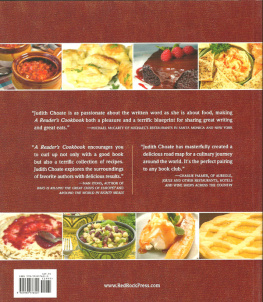
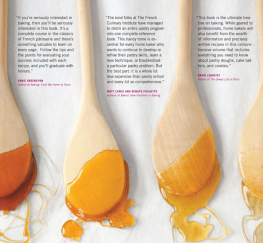
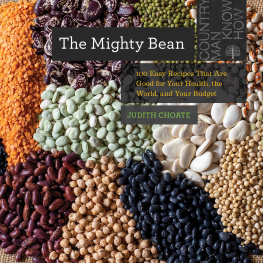
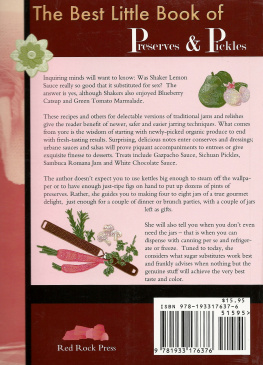
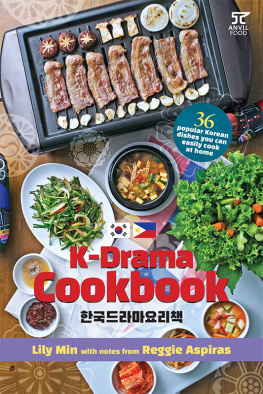
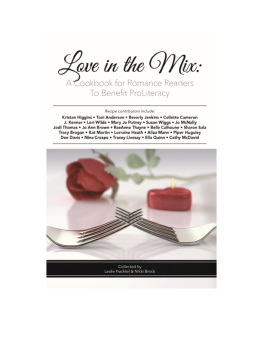

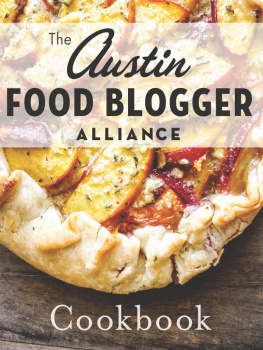
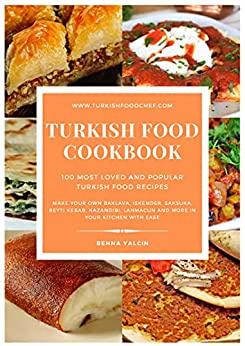
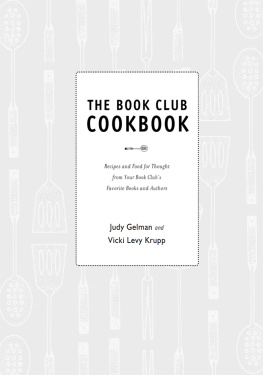
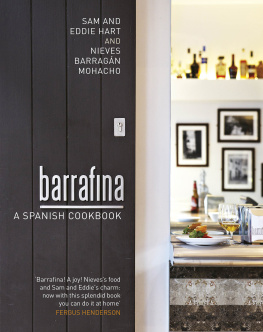
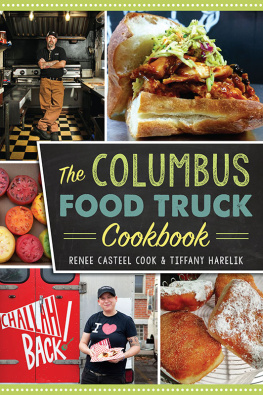



 Table of Contents
Table of Contents
